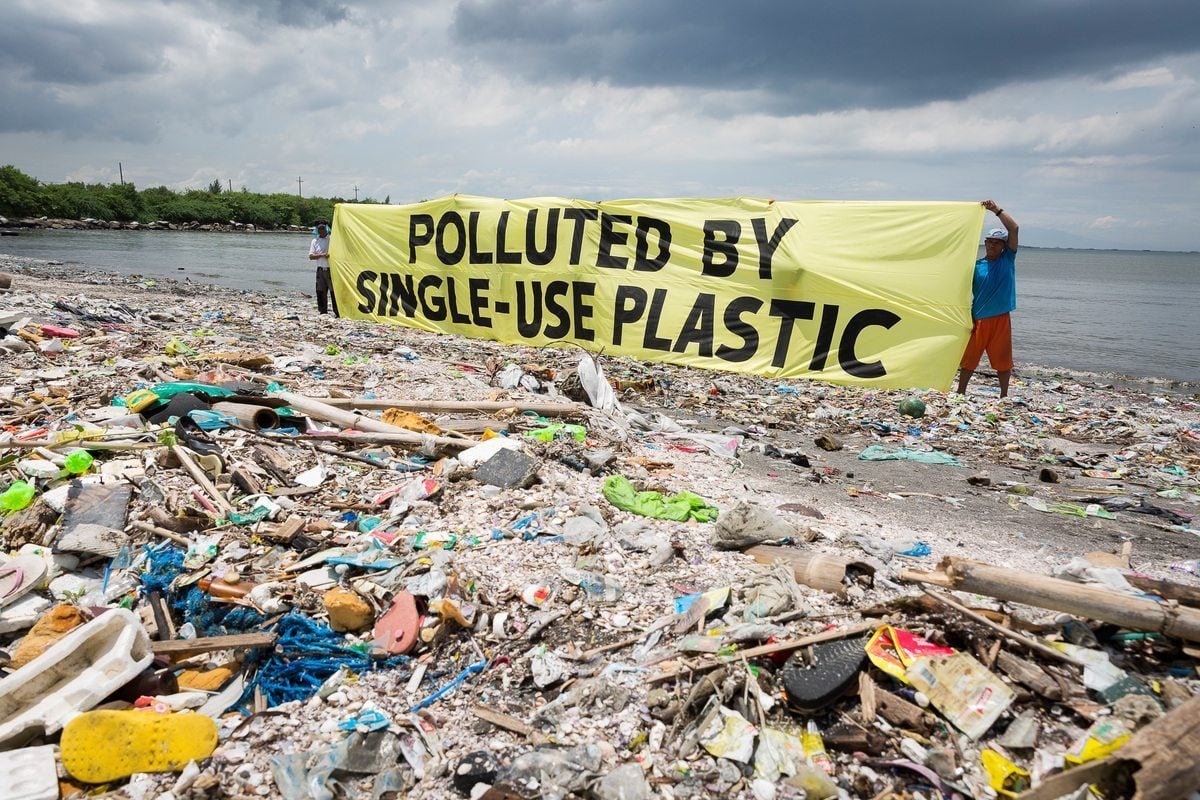Plastic pollution has become a global environmental challenge, but there's hope on the horizon. Innovations in plastic production, recycling, and waste management are paving the way for a more sustainable future. In this article, we'll explore some exciting developments in the world of plastics and how they're helping to reduce plastic pollution. We'll also include a fun fact and key facts from trusted sources to provide a comprehensive overview.
Fun Fact: Did you know that a single plastic bottle can take up to 450 years to decompose in the environment? It's a startling reminder of the long-lasting impact of plastic waste.
Key Fact: According to the Ellen MacArthur Foundation, if current plastic production and waste management trends continue, by 2050, there could be more plastic in the oceans than fish by weight. This highlights the urgency of addressing plastic pollution.
The Future of Plastic: Promising Innovations

Biodegradable Plastics
Biodegradable plastics are emerging as a promising alternative to traditional plastics. These materials are designed to break down into natural substances over time, leaving behind no harmful residues. They can be used for various applications, including packaging, disposable cutlery, and agricultural products. Innovations in biodegradable plastics are reducing the environmental impact of plastic waste.

Plant-Based Plastics
Plant-based plastics, also known as bioplastics, are derived from renewable sources like corn, sugarcane, and potatoes. They are not only biodegradable but also reduce the carbon footprint associated with traditional plastic production. Major companies are increasingly incorporating plant-based plastics into their packaging and products.
Recyclable Plastics
Developments in recyclable plastics are making it easier to reuse and reprocess plastic materials. Some companies are focusing on creating plastics that are compatible with existing recycling systems, ensuring that more plastic waste can be effectively recycled. This reduces the need for virgin plastic production.

Ocean Cleanup Technologies
Innovative technologies are being developed to remove plastic waste from our oceans. The Ocean Cleanup, a nonprofit organization founded by Boyan Slat, is using a passive cleanup system to collect plastic from the Great Pacific Garbage Patch. This ambitious project aims to clean up 90% of ocean plastic by 2040.

3D Printing with Recycled Plastics
3D printing is not just a revolutionary technology; it's also contributing to a more sustainable use of plastics. Some 3D printers now use recycled plastics as their raw materials. This reduces the demand for new plastic production and provides a creative solution for repurposing plastic waste.

Waste-to-Energy Conversion
Plastic waste can be converted into energy through various methods, including incineration and pyrolysis. These technologies not only reduce the volume of plastic waste in landfills but also generate energy, contributing to a circular economy approach to waste management.
Key Takeaways
The impact of plastic pollution on our environment is significant, with projections indicating a potentially dire future if no action is taken. Innovations in biodegradable plastics, plant-based plastics, and recyclable plastics are offering eco-friendly alternatives to traditional plastics. Ocean cleanup initiatives and 3D printing with recycled plastics demonstrate creative solutions to address the plastic pollution problem. Waste-to-energy conversion can help reduce plastic waste in landfills and generate energy in the process.
Conclusion
The future of plastic is looking brighter with each new innovation that aims to reduce plastic pollution. While the challenges of plastic waste are substantial, ongoing efforts to develop sustainable alternatives and improve waste management practices provide hope for a cleaner, more environmentally responsible future. By supporting these innovations and adopting more sustainable consumption habits, we can all play a part in mitigating the impact of plastic pollution on our planet.


